Dogs are man’s best friend, and training them can be a rewarding experience for both owner and pet. Here is a comprehensive guide on how to train your dog from the comfort of your own home:
1 How to Train Your Dog to Stand
 How to Train Your Dog to Stand
How to Train Your Dog to Stand
Method 1
Hold a treat at your dog’s nose level. Take a step back, luring your dog to follow the treat and stand up. As soon as they stand, say “stand” and reward them. Repeat this process 5-10 times to reinforce the command.
Method 2
When your dog is sitting or lying down, slide your hand under their belly and gently lift upwards, while simultaneously pulling their leash forward. This will encourage them to stand. As they stand, say “stand” and give them a treat. Practice this 10-15 times before giving your dog a break.
2 How to Train Your Dog to Sit
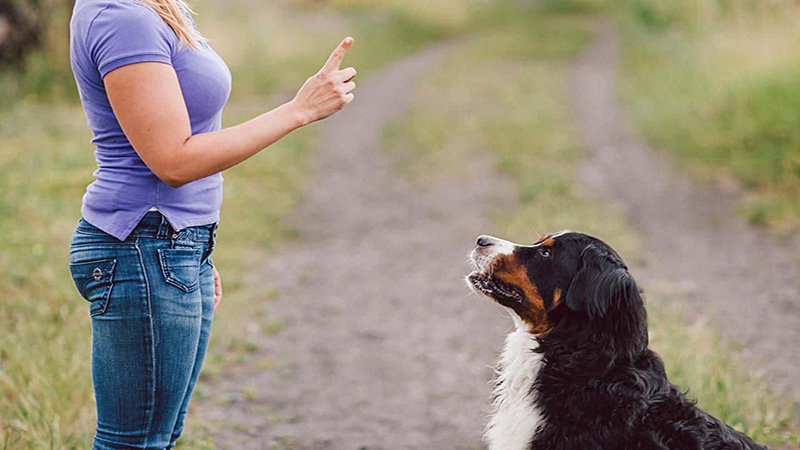 How to Train Your Dog to Sit
How to Train Your Dog to Sit
Sit Command from a Standing Position
Stand in front of your dog and hold a treat above their nose. Slowly move the treat upwards, towards the top of their head, between their ears. Your dog will naturally follow the treat and sit down. As soon as they do, say “sit” and reward them.
Sit Command from a Lying Position
When your dog is lying down, stand in front of them and hold a treat close to their nose. Move the treat upwards, encouraging your dog to follow until they are in a sitting position. As they sit, say “sit” and give them the treat.
Practice this 10-15 times and then give your dog a rest.
3 How to Train Your Dog to Lie Down
 How to Train Your Dog to Lie Down
How to Train Your Dog to Lie Down
Method 1
Hold a treat in front of your dog’s nose and slowly lower it towards the ground. Your dog will follow the treat with their nose and eventually lie down. As they lie down, say “down” and reward them.
Method 2
Place your hand on your dog’s shoulders and gently press down until they lie down. Repeat this process 10-15 times to help your dog associate the command with the action. Then, give your dog a break.
4 How to Train Your Dog to Stay
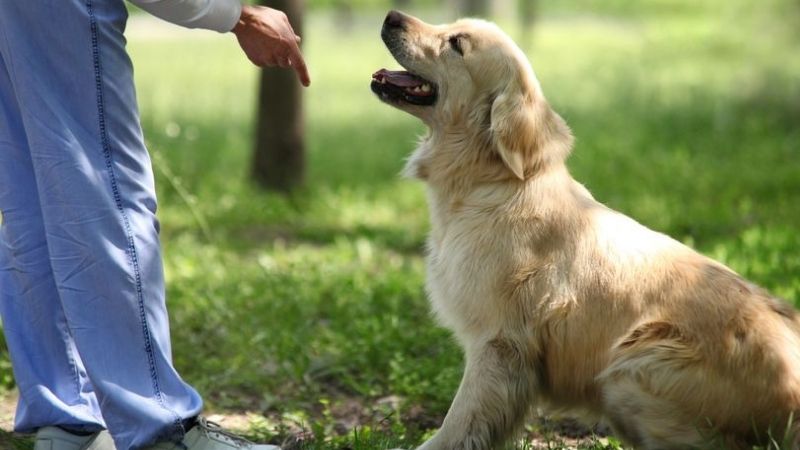 How to Train Your Dog to Stay
How to Train Your Dog to Stay
After your dog has sat or stood, wait for 3-4 seconds and then say “stay.” Repeat this process about 4 times before giving your dog a break.
5 How to Train Your Dog to Shake Paws
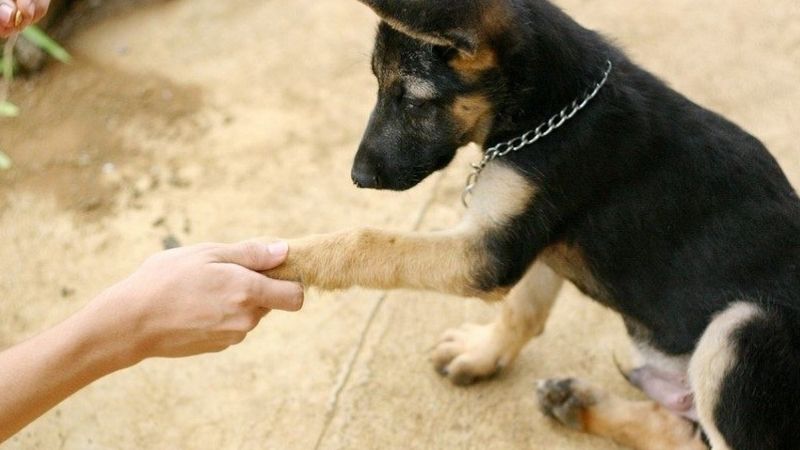 How to Train Your Dog to Shake Paws
How to Train Your Dog to Shake Paws
Using your left hand, lift your dog’s right paw and say “shake.” With your right hand, give your dog a treat and say “shake” again. Repeat this process about 10 times to help your dog associate the command with the action.
6 How to Potty Train Your Dog
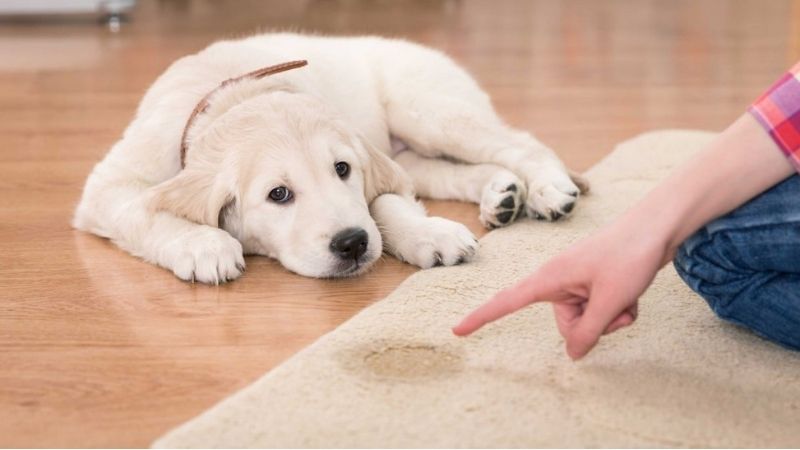 How to Potty Train Your Dog
How to Potty Train Your Dog
How to Potty Train a Puppy to Use a Toilet
When your puppy has an accident, show your disapproval by acting angry or gently tapping them on the rear. Then, clean up the mess and flush it down the toilet. Restrain your puppy with a leash and take them to the toilet to let them smell their own waste. Repeat this process to create a habit, and eventually, your puppy will learn to use the toilet.
How to Potty Train a Puppy to Use a Tray
Prepare two puppy training trays, preferably larger ones without high sides. Place a pee pad or absorbent mat in the tray to soak up urine. Before using a new mat, soak it with a small amount of your puppy’s urine and place it under the tray. This will help your puppy recognize the smell and encourage them to pee in the designated area.
7
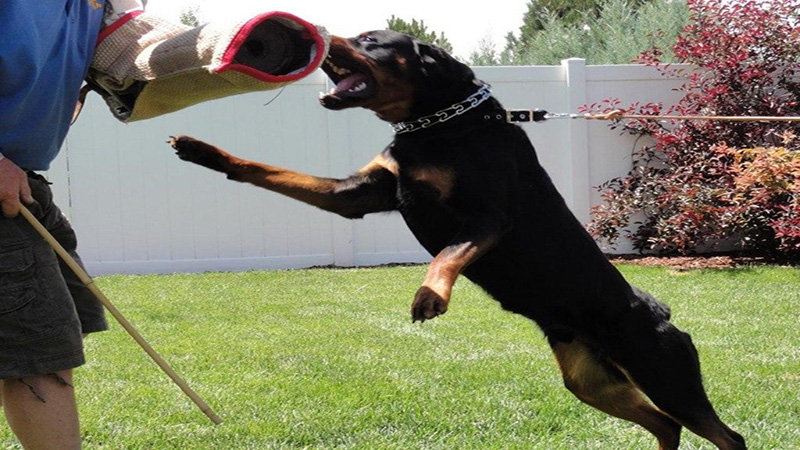 How to Train Your Dog to Attack
How to Train Your Dog to Attack
The dog owner should hold the leash and stand next to their dog. An assistant should approach, acting unsteady on their feet and shouting, while also hitting the ground with a stick to create a loud noise. The dog owner should then command “Attack!” and release the dog towards the assistant. The assistant should offer their protected hand for the dog to bite, and then let the dog wrestle and win.
8 How to Train Your Dog to Protect You
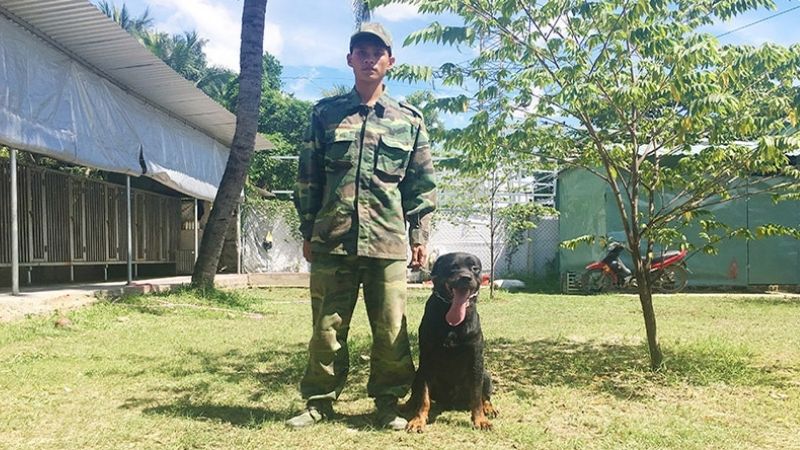 How to Train Your Dog to Protect You
How to Train Your Dog to Protect You
Whether you choose to train your dog at home or at a professional training school, it is important to follow a structured and scientific approach. Your dog should already know basic obedience commands such as sit, stay, lie down, come, roll over, and walk by your side.
Once your dog has mastered these basic commands, you can begin to teach them to protect you. Start by teaching them to bark on command, and then progress to more advanced protection techniques.
9 How to Train Your Dog to Guard Your House
Training Your Dog to Guard the House When Visitors Have Weapons
 How to Train Your Dog to Guard Your House
How to Train Your Dog to Guard Your House
Training Your Dog to Guard the House When Visitors Don’t Have Weapons
With this training, your dog will learn to bark or attack strangers who enter your home without your permission. Additionally, consider teaching your dog to bark when you are away, so they can guard your home and prevent unauthorized entry.
10 How to Train Your Dog to Hunt
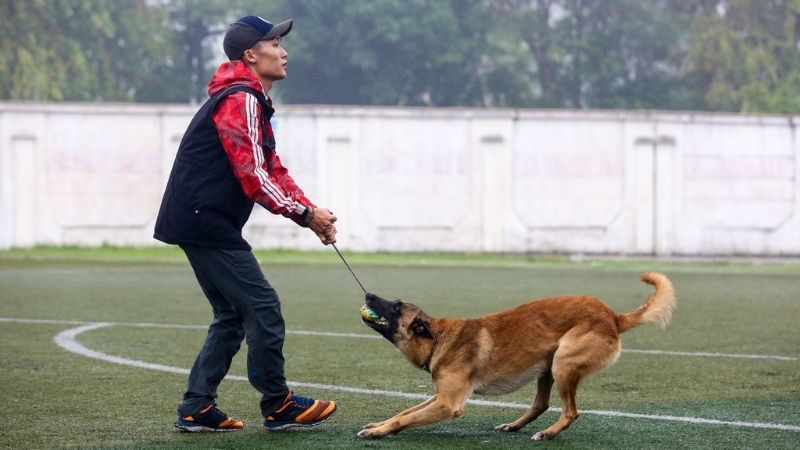 How to Train Your Dog to Hunt
How to Train Your Dog to Hunt
Use a strong leash and collar to secure your dog to a pole or stake in the ground. Hold a “lure” and move it around to stimulate your dog’s hunting instincts. They will likely try to pounce on the lure. After a few attempts, let your dog catch the lure. Then, gently pull the lure away.
After about a minute, release the lure and let your dog win this game. If you have an assistant, they can encourage your dog by letting them run around with the lure after they catch it.
We hope you found this information helpful. Why not give these training methods a try with your furry friend?

































